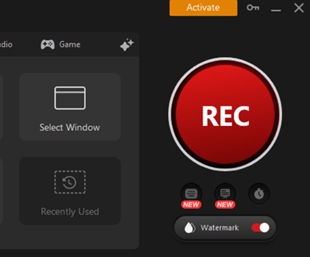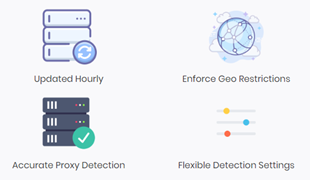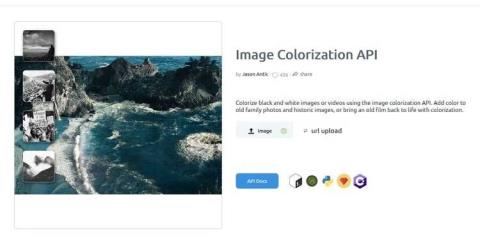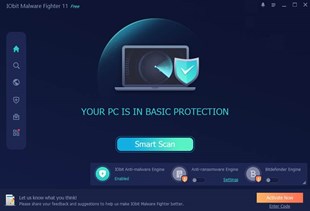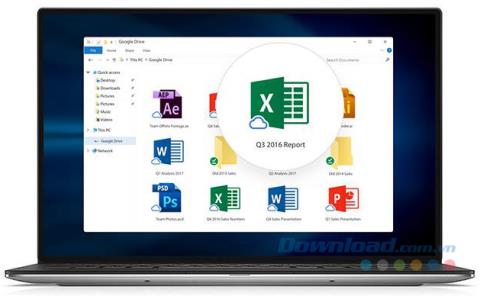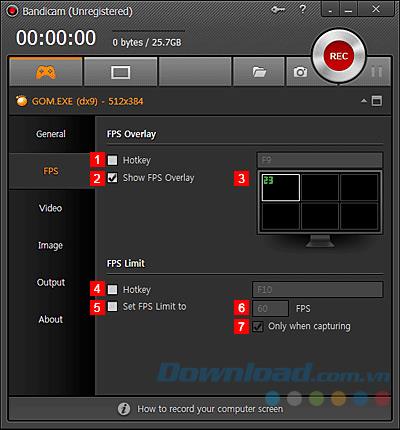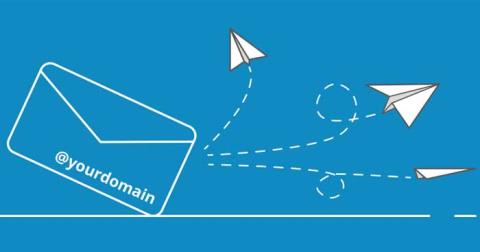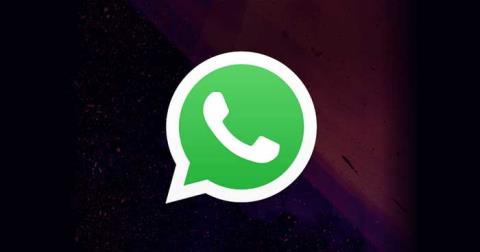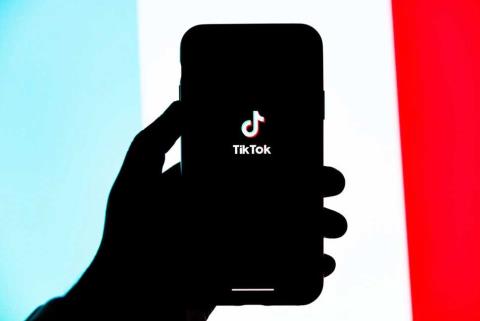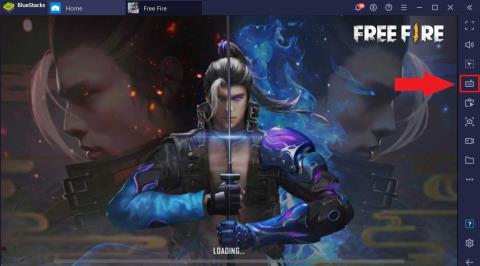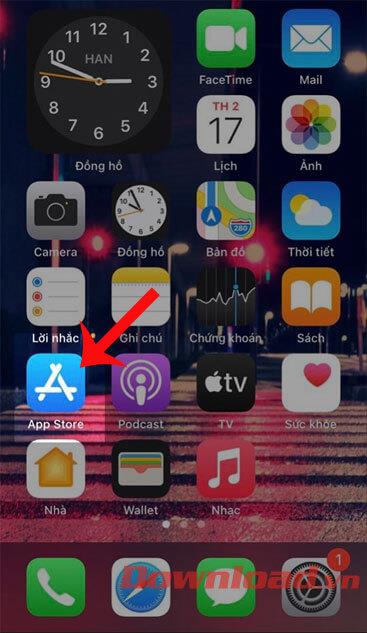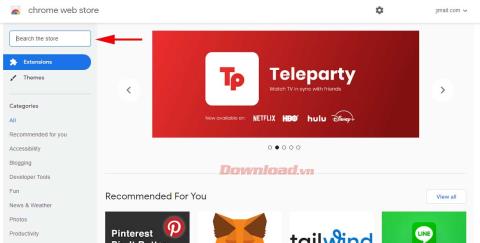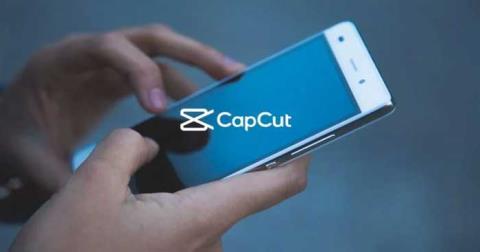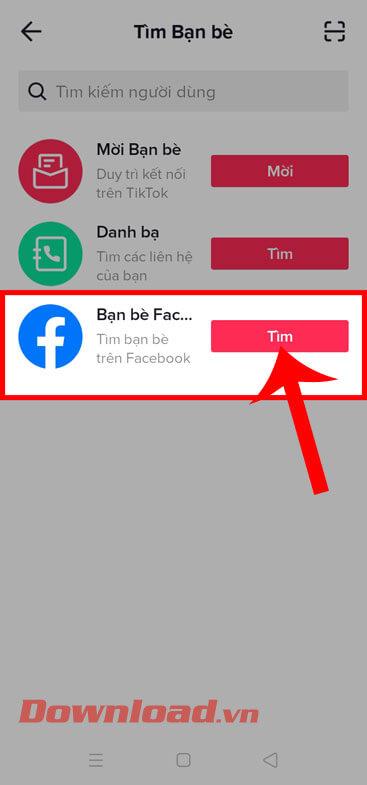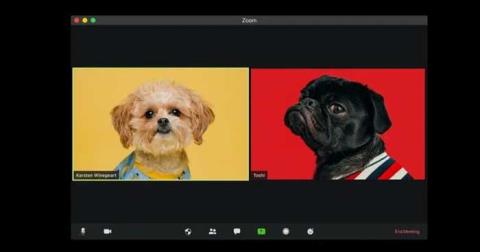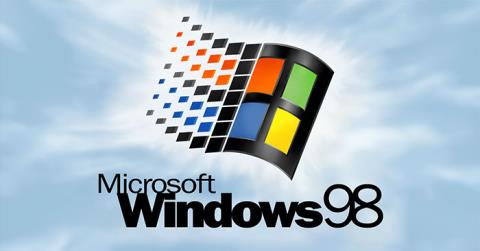Fix This Plugin is Not Supported error in Chrome: If you’re facing the error message “This Plugin is Not Supported” in Google Chrome then this means the website or page you’re trying to load has some media content such as videos and the media fails to load which leads to the above error message. Sometimes this error can occur if the media on the webpage has a video format that is not supported by Chrome.
Google Chrome, Firefox, & other browsers no longer support NPAPI plug-ins, so if the website which you’re trying to visit uses the NPAPI plugins to show the video, the video will not load and you will see the error message “This Plugin is Not Supported”. Since 2015, Google has embraced HTML5 for Chrome browser and this is the reason why Chrome doesn’t support Active-X plugins, Java, or Silverlight.
So as a publisher I am pretty sure that there are many websites that still don’t use HTML5 and there are plenty of websites with media content which will require some kind of plugins to access the content. Anyway, without wasting any time let’s see How to Fix This Plugin is Not Supported error in Chrome with the help of the below-listed tutorial.
Contents
Fix This Plugin is Not Supported error in Chrome
Method 1: Enable and Update Flash Player in Chrome
1.Open Google Chrome than in the address bar navigate to the following:
chrome://settings/content
2.Now from the list find and click on Flash.
3.Under Flash, make sure to enable the toggle for Flash. When the Flash is enabled, you will see the settings change to Ask first (recommended).
4.Close Google Chrome, then again open it and visit the website which earlier gave the above error message.
5.This time the webpage will probably load without any issues but if you’re still stuck then you need to update the Flash Player to the latest version available.
6.In Chrome, navigate to the Adobe Flash Player website.
7.Download the latest version of Flash Player and install it to successfully fix the issue.
Recommended: Enable Adobe Flash Player on Chrome, Firefox, and Edge
Method 2: Clear Browsing Data in Chrome
1.Open Google Chrome and press Ctrl + H to open history.
2.Next, click Clear browsing data from the left panel.
3.Now you need to decide the period for which you are deleting the history date. If you want to delete from the beginning you need to choose the option to delete browsing history from the beginning.
Note: You can also select several other options such as Last hour, Last 24 hours, Last 7 days, etc.
4.Also, checkmark the following:
- Browsing history
- Cookies and other site data
- Cached images and files
5.Now click Clear data to start deleting the browsing history and wait for it to finish.
6.Close your browser and restart your PC.
Method 3: Update Google Chrome
To check if any update is available, follow the below steps:
Note: It is advised to save all the important tabs before updating Chrome.
1.Open Google Chrome by searching for it using the search bar or by clicking at the chrome icon available at the taskbar or at the desktop.
2.Click on three dots icon available at the top right corner.
3.Click on the Help button from the menu that opens up.
4.Under Help option, click on About Google Chrome.
5.If there are any updates available, Chrome will start updating automatically.
6.Once the Updates are downloaded, you need to click on the Relaunch button in order to finish updating Chrome.
7.After you click Relaunch, Chrome will automatically close and will install the updates.
Once updates are installed, Chrome will again launch and you can try to open the website which was earlier showing the “This Plugin is Not Supported” error in Chrome but this time you will be able to successfully open the website without any errors.
Method 4: Add NoPlugin extension in Chrome
The NoPlugin extension allows you to play media content without the plugins (Flash, Java, and ActiveX).
1.Open Google Chrome then click on this link to navigate to NoPlugin page.
2.Click on the “Add to Chrome” button next to the NoPlugin extension.
3.Once the plugin is successfully installed, restart your browser.
4.Again try to load the page which earlier was giving the error “This Plugin is Not Supported“.
Method 5: Add the IE Tab Extension to Chrome
If the webpage you’re trying to access, loads without any issues in Internet Explorer then this means that the media content is in the format which Chrome doesn’t support (Java, ActiveX, Silverlight, etc). Using the IE Tab Extension you can stimulate the IE environment in the Chrome browser.
1.Open Google Chrome then click on this link to navigate to the IE Tab Extension page.
2.Click on the “Add to Chrome” button next to the IE Tab Extension.
3.Once the plugin is successfully installed, restart your browser.
4.Open the webpage which earlier wasn’t not loading, then click on the IE Tab icon from the toolbar.
5.If you want to set the IE tab to always the load the specific website, just right-click on the IE Tab icon then select Options.
6.Scroll down to the bottom till you find Auto URLs section, here type the address of the website which you want Chrome to automatically load whenever you visit it. Press Add and restart chrome to save changes.
Recommended:
That’s it you have successfully Fix This Plugin is Not Supported error in Chrome but if you still have any queries regarding this post then feel free to ask them in the comment’s section.
